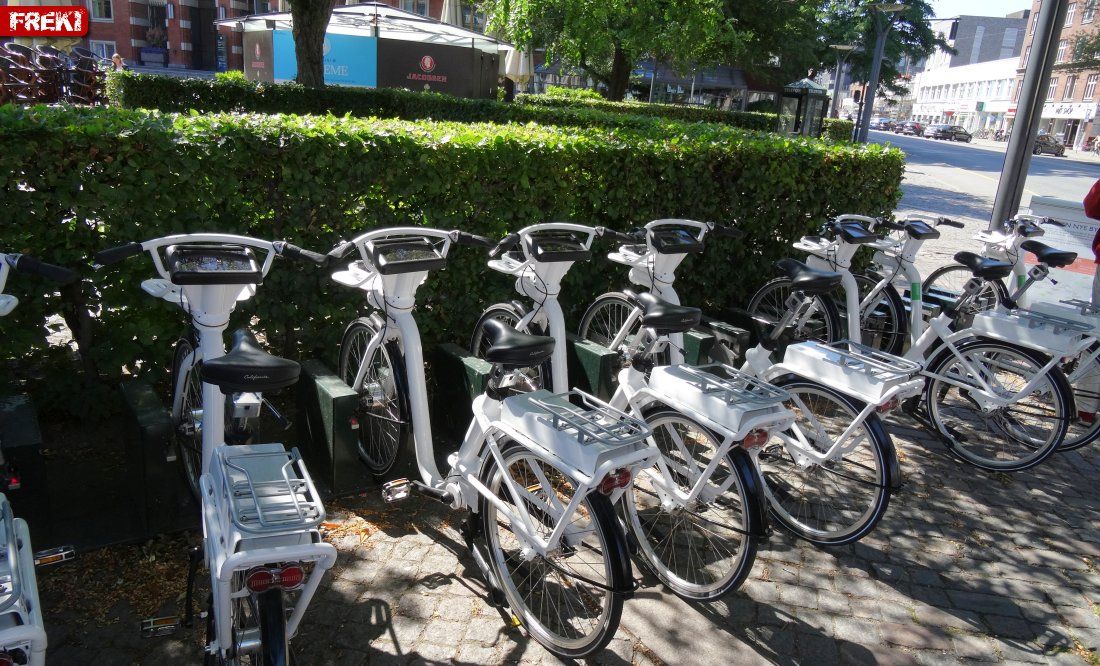Copenhagen's Bycykel ( "City Bike" ) system was the first public free bike sharing system - it was however not without it's issues..
The bikes were very basic ( no gears, no lights, they even ran on solid rubber tires ) and the biggest flaw in a post cash nation was that they was based on a coin deposit system..
While popular amongst tourists they faced a lot of problems, mainly "theft" as drunk people would use them to get home from a night out and not return them to their stations in later years they were also stolen by Eastern European gangs.
The lack of light ment it was illegal to use them after nightfall and the hole system relyed on corporate sponsors and that people cared enough about their coin to return the bike.
And in these days where noone carries cash anymore having to use a coin was reather dumb.
 http://i58.tinypic.com/f1i70o.jpg
http://i58.tinypic.com/f1i70o.jpg
Now the new one is finally out.. the "Gobike"
It's a modern electrical bike with a large always online touchscreen navigational and operational system and led lighting, real tires, gears, ajustable seat, electronic lock, GSP tracking and so on - plus you can use the national NFC based travelcard to use it - heck you cen even book a bike online and have it ready for you at the nearest charging station


This of course mean the cost per unit is a lot higher, so the system is not completely free anymore - though by far the cheapest transportation available here other than walking ( the first 30min is free after that it's $1/hour )
All in all a cool modern day update - and while it's a shame it's not completely free anymore the price it kept very low and you need to register to borrow one so that should limit theft and lost bikes substancially lower, plus they now know who to bill for a mising bike




